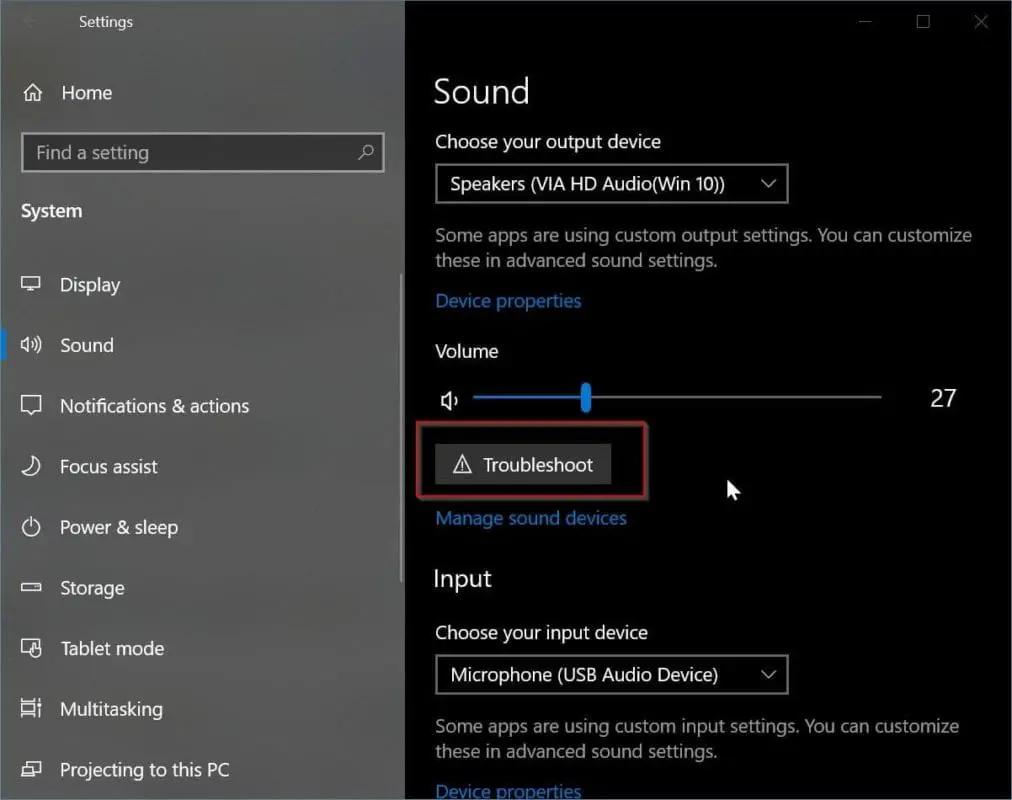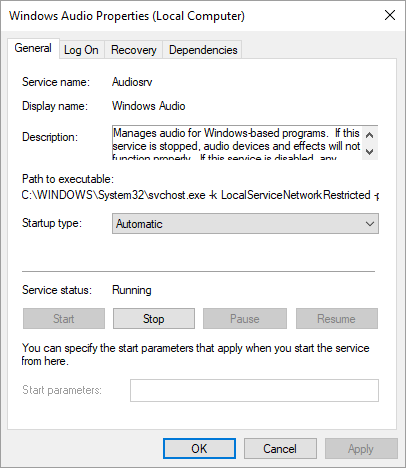


Restart your PC to complete the process.Windows 11 Windows 10 More.At this point, close the driver dialog and the device manager, and then restart your PC to complete the process.Depending on the speed of your PC, this may take a minute or two, but it should complete on its own without any intervention, and then you’ll see an “Audio Drivers Installed” dialog confirming the update has completed Windows will begin updating the driver and installing the one you selected.That is OK, we are using Microsoft’s own drivers and they’re guaranteed to work, so press “Yes” to continue A warning dialog will appear, attempting to dissuade you from selecting a driver not written by Realtek and expressly intended for the sound card in your PC.Select “Microsoft” in the first listbox on the left (the list of manufacturers) then select “High-definition audio device” from the resulting list in the listbox on the left (the devices), then click “Next”.Uncheck the “Show compatible hardware” option to force the display to include drivers not written by Realtek (all versions of which are affected by this problem).Choose “Let me pick from a list of available drivers on my computer”.Choose the “Browse my computer for driver software” option.In the resulting dialog, switch to the “Driver” tab then select “Update Driver”.Expand the “Sound, video, and game controllers” node to locate the “Realtek Audio” device, then right-click it and choose “Properties”.


This lag, once noticed, becomes incredibly annoying and can be a constant source of stress and irritation. The quality of recent Realtek sound controller and audio drivers has taken a nosedive in recent years, and the automatically installed drivers on Windows 10 have introduced a significant delay in the time it takes for sound to come out of the speakers after it is initiated by the PC.


 0 kommentar(er)
0 kommentar(er)
